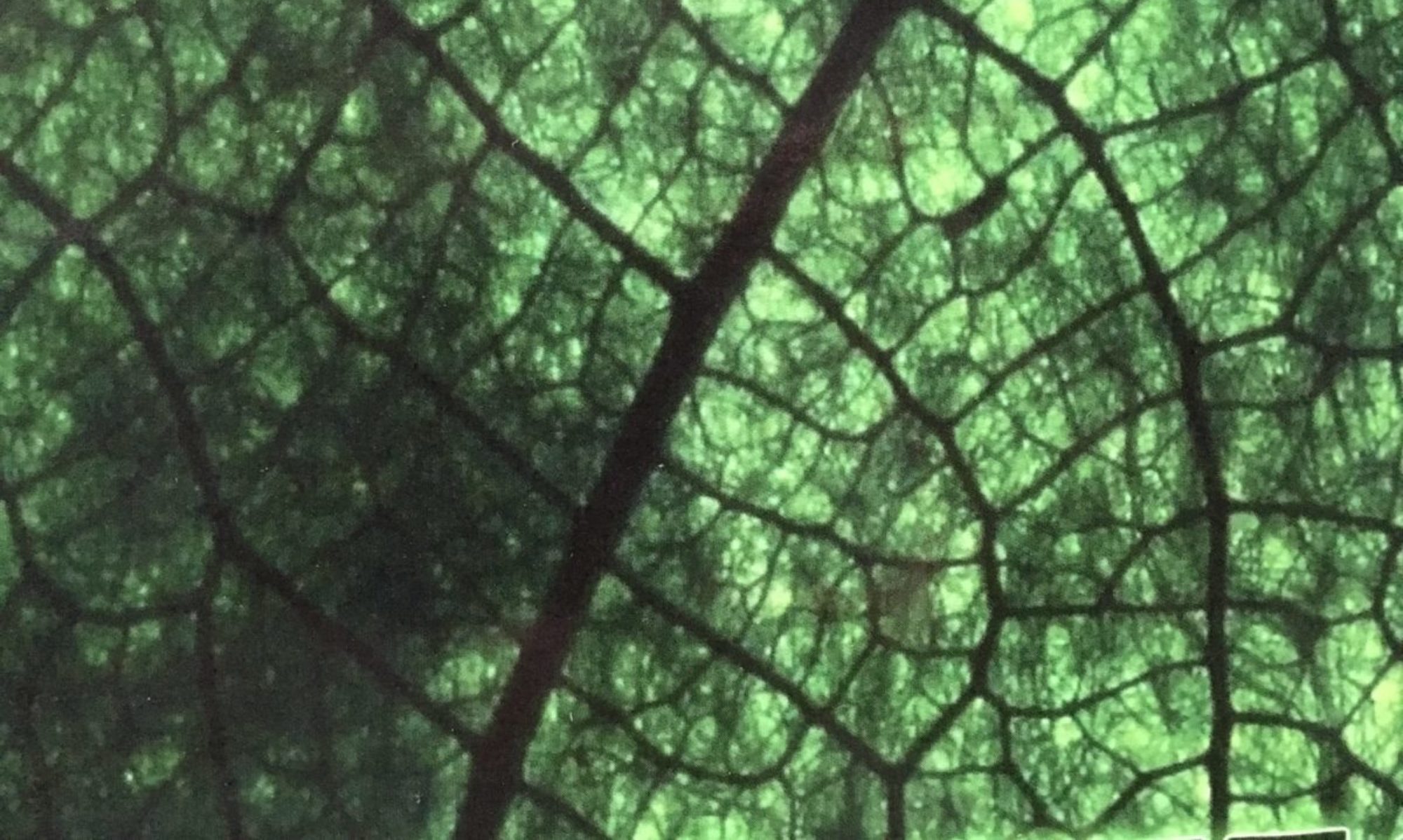If you look into permaculture, you will sooner or later encounter the phrase “Right Livelihood.”
Right livelihood is an occupation that fits your skills, and fulfills you, while also helping the planet.
Some Appalachian coal miners who are out of work are getting retrained as beekeepers, reports this article by Sara Burrows on ReturnToNow.net that is getting thousands of Likes on Facebook.
And here is what a friend and permaculture colleague of mine wrote as a Facebook comment in response to the article:
“For the record, people should look into how profitable beekeeping is. I know a number of people making a good living keeping bees in cities, while owning minimal land or none at all (and using other people’s yards, city land, etc). It is one of the most profitable methods of farming – far more profitable than raising chickens for instance, for the work and expense involved in most operations. And you don’t get black lung disease from it either – bonus! (disclosure, my grandpa died of black lung and it is a really horrible way to go). Some say bee stings are therapeutic if you’re not allergic.”
(A promising hint on a right livelihood, from Koreen Brennan of Grow Permaculture. Koreen and her associates teach workshops in permaculture design, gardening, and other topics related to living well and creating a regenerative culture. They also offer permaculture design services. Visit the Grow Permaculture website to read about all the learning opportunities, including internships, that they offer.)
Koreen’s comment inspired me to google “beekeeping profitability” and I found this article on how to make money from beekeeping. It’s from a website called The Balance Careers, which offers career information broken down by category. Beekeeping is in the “Animal Careers” category.
There are so many possible right livelihoods out there for you. Is it time to think about a career change? Have you been assuming you could never earn a living at the work that really calls to you? Low-footprint living, which among other things can drastically reduce your financial footprint, can help with that! Never underestimate the possibilities that become available when you reduce your financial and energy overhead.
Here’s a list I started off the top of my head, of livelihoods which build community while serving nature:
- composting
- community toolshed (rental, or membership fee)
- herb shop (dried herbs, essential oils, etc., from local plants)
- herbal healer, acupuncturist, reiki practitioner
- charcoal making
- basket weaving, thatch making, fence making using local native grasses
- bicycle-based delivery service, errand service, food delivery
- producer of cleaning products from local native plants
- neighborhood seed bank, plant nursery
- community canning kitchen
- jelly & candy maker
- tea maker
- baker
- miller
- brewer, distiller
- bicycle cargo-trailer maker
- neighborhood micro dairy (small goats? also doubles as lawn-mowing service; fertilizer source)
- small welding shop to make and repair durable essential tools
- weaver, stitcher
- raising worms & grubs (for bait, chicken feed, etc)
- native plant landscaping installation & education
- firewood
- ink-making from local materials
- neighborhood-based childcare, eldercare, pet sitting
- counseling (psychological or spiritual)
- animal therapy
- low-tech printing
- neighborhood solar charger station
- eco cleaning service
- laundry/mending service
- forager (wildcrafting educator)
- artist
- musician
- knife sharpener
- small machine repair: sewing-machine mechanic, etc.
Many of these essentials are barred from neighborhoods by codes and zoning. That is another frontier of our work: seeing what might need to be tweaked to build resilience back into communities.
What else would you add to this list? What do you love, what does your community need, and how might you turn that into a livelihood?
I once asked a high-powered corporate office manager I know and love, “Where would your dream workplace be?” I expected her to say “CEO of an international company,” or something.
But her answer was, “In a barn!” (With horses. She was a horseback-riding champion as a kid, and she loves horses and all animals.) I hope she goes for it, I really do. She has the heart, the skills, and the inner determination to succeed.
On the subject of right livelihood, “The Permaculture Revolution Interview Series: How To Find Your Purpose and Heal the Earth” (which I introduced in my previous blog post) starts today. I encourage you to sign up for this free online series by David Kincaid, AKA PermaDave. I am one of the 20+ permaculture leaders who were invited to be interviewed for this series. You’ll be able to see my interview some time in the next 20 days.
The first interview you’ll hear is with Elaine Ingham, an internationally recognized expert on the soil-food-web. Others include Brad Lancaster “Rainwater Harvesting for Drylands” and Morag Gamble “Our Permaculture Magazine.”
Besides experts sharing a wealth of practical knowledge, I also suspect this series will turn out to be a gallery or menu of potential “right livelihoods” for you to consider.
Register here, and enjoy!
